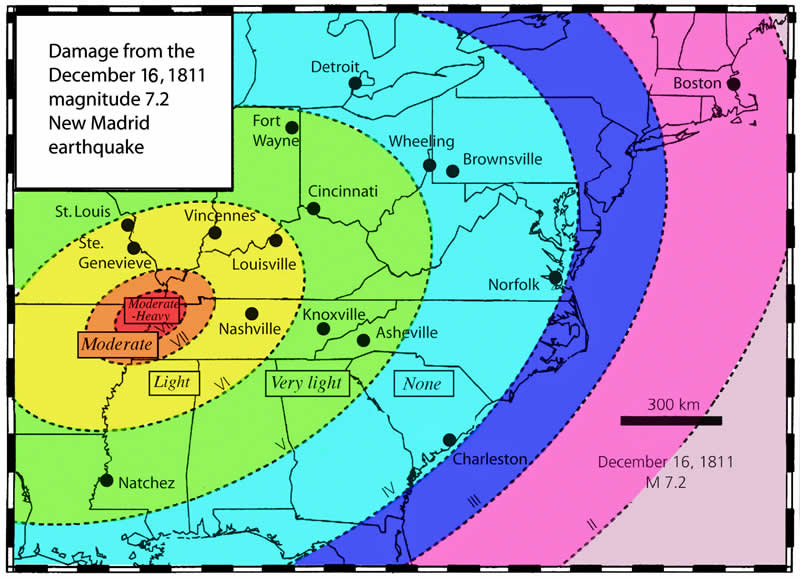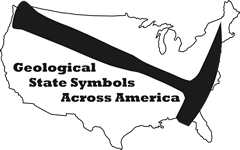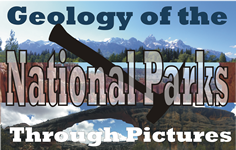Pennsylvania
State Fossil: Trilobite
References
https://statesymbolsusa.org/states/united-states/pennsylvania
Geology of Pennsylvania's National Parks
Through Pictures
(at least the one's I have been to)
Independence National Historical Park
National Parks visited but I have no pictures (at this time) to do a geology post
(link directs to NPS site)
Delaware Water Gap National Recreation Area (1997)
Edgar Allan Poe National Historic Site (2004)
Eisenhower National Historic Site (2002)
Gettysburg National Military Park (1994, 2001, 2002)
Lower Delaware National Wild and Scenic River (1993)
Thaddeus Kosciuszko National Memorial (2004)
Upper Delaware Scenic and Recreation River (1993)
Valley Forge National Historical Park (2004)
Independence National Historical Park
Visited in 2004 and 2007
Driving to the locations of possible residency programs for the wife we ended up touring Philadelphia and the sites of Independence NHP. This is one of those parks where at first glance there are very limited geology around however there's always geology to be found.
.jpg)
One of the most important buildings in United States history, the Pennsylvania State House, more commonly known as Independence Hall today. It was built between 1732 and 1748 primarily of brick and wood. However, there are some more geologically related pieces in the construction.
.jpg)
Between the first and second story windows are a series of stone panels. The source of these panels seems to be from an abandoned "marble" quarry from Conshohocken, PA known as Potts' Quarry. The stone itself has many names, mostly because people at the time would call a building stone different names depending on the quarry from which it originated and not necessarily the formations where it came from. These rocks were known as "King of Prussia marble,” “Conshohocken blue,” “Schuylkill gray”, and "Pennsylvania Clouded Limestone". The clouded limestone seems to be the most prevalent name because of the description of the rock, calling the rock "clouded" or white.
The rock is also not a marble at all, but a limestone. Although the chemistry would be similar, marble is a metamorphosed variety of limestone where the limestone underwent increased heat and pressure. This increase in heat and pressure would eliminate many things about the original limestone including any fossils and original sedimentary structures that would have been found in the rock. Pennsylvania Clouded Limestone is also not the geological term for the rock, however there isn't much I can find that ties this stone back to the original geology. From what I can tell the Pennsylvania Clouded Limestone found at the Potts' Quarry is from the Conestoga formation, a Middle Cambrian to Early Ordovician age deposit which has an abundance of limestone beds within it.
.jpg)
The limestone panels can easily be seen behind the statue of Washington, which also happens to stand on a granite and marble base. The source of the stone I can not find but it comes from the Richmond Granite Co. This bronze version of the Washington statue was a replacement for the original Washington statue, which was made of Italian marble, and moved in 1910 to preserve it to Conversation Hall, on the second floor of Philadelphia's City Hall.
.jpg)
The back, or south, side of Independence Hall boasts a statue of Commadore John Barry standing atop a piece of granite from the Harrison Granite Co. of Barre, VT. This is most likely a Devonian age granite:
"The Barre granite quarries expose a three-dimensional view of a small, well-studied pluton of the New Hampshire Plutonic Series. It is a Devonian talc-alkaline pluton formed by partial melting of Siluro-Devonian sedimentary rocks that had been folded and regionally metamorphosed during the Acadian orogeny and thus illustrates that the orogeny occurred rather suddenly in the region." (Richter, 1987)
.jpg)
Carpenter's Hall (seen here) does not have much geological context, however the Second Bank of the United States (which unfortunately I do not have pictures of) and is located generally between Independence Hall and Carpenter's Hall has Ordovician fossils in the floor panels. It had been determined that based on the fossils, the floor panels were derived from Isle La Motte Fisk Quarry which excavated the Crown Point Formation in Vermont. The quarry is now a part of the Chazy Fossil Reef National Natural Landmark. Identifiable fossils include gastropods, crinoids, corals, and cephalopods.
.jpg)
This is the Tomb of the Unknown Soldier of the American Revolution located in Washington Square, also a part of the national park. The wall behind the statue of George Washington is made of Indiana Limestone. The "Indiana Limestone" as it is officially called is likely the Salem Limestone, a Middle Mississippian age (335-340 million year old) light-grey to bluish-grey pure calcarenite limestone that crops out between Bloomington and Bedford in the south-central portion of Indiana. It is also the State Rock of Indiana.
In front of the statue and the wall is a marble sarcophagus that hold the remains of an unknown Revolutionary War Soldier. The square itself is set upon a mass of "... unmarked graves within this square lie thousands of unknown soldiers of Washington's Army who died of wounds and sickness during the Revolutionary War." One of those graves was dug up, the remains determined to be that of a soldier and that soldier placed within the sarcophagus. I am unable to determine the source of the marble however, or even verify if the sarcophagus is actually made of marble and not granite.
.jpg)
Another of the famous United States objects is the Liberty Bell. While not directly geological there is a geological story associated with the bell. Back in 1811, the New Madrid Fault, located along the western border of Tennessee produced one of the largest earthquakes along the eastern half of North America. The magnitude 7.2 earthquake is reported to have cause bells to ring all the way to Boston including the Liberty Bell in Philadelphia.

Earthquake impact of the December 1811 New Madrid Fault. Image courtesy of Perdue University.
Earthquakes in the east coast are often felt as far greater distances than those along the western coast of North America. This is because the rocks are older and the individuals faults within the older rocks have had time to heal. While in the west coast, since the area is still undergoing active deformation, the many faults located across the west absorb the seismic activity from the various earthquakes that are constantly occurring. This is why an earthquake which occur nearly 1,000 miles away from Philadelphia was able to be felt while in the western states it would be nearly unheard of to feel an earthquake that far away.
References
https://history.state.gov/departmenthistory/buildings/section3
https://www.chipstone.org/html/publications/2002AF/Chinnici/2002ChinniciIndex.html
https://ngmdb.usgs.gov/mapview/?center=-75.307,40.088&zoom=12.886406103039675
https://www.chipstone.org/html/publications/2002AF/Chinnici/2002ChinniciIndex.html
https://www.conshohockenhistoricalsociety.org/sherry-lake
https://www.nps.gov/inde/planyourvisit/plaques-and-statues-in-the-park.htm
https://www.nps.gov/parkhistory/online_books/inde/washington_square_clr.pdf
https://www.nps.gov/articles/000/tomb-of-the-unknown-revolutionary-war-soldier.htm
https://www.ushistory.org/tour/tomb-of-the-unknown-soldier.htm
https://www.usgs.gov/news/featured-story/east-vs-west-coast-earthquakes


